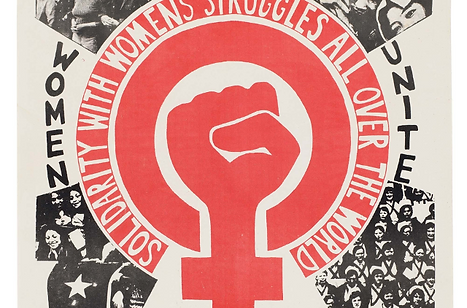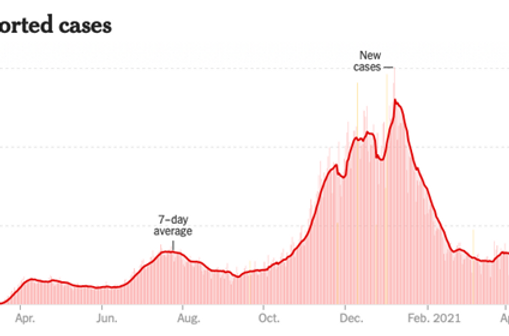
Celebrating the Past, Planning the Future: International Women’s Day

Every year 8th of March is celebrated as International Women’s day. What this day represents is a call for action for women’s rights and gender equality besides a celebration of the social and political rights achievements of women. This day is a perfect opportunity for us to remember and think about all the issues that women still face globally.
How exactly did we start to celebrate the 8th of March as Women’s day? In line with the rise of the feminist movement, we need to go back more than a hundred years to find the first hints of Women’s Day, around 1900. Women’s Day’s origins go hand in hand with socialism. The concept’s roots were created in 1908 when more than 15,000 women walked through New York City. Back in the day, women did not have the right to vote in most parts of the globe, so they were demanding the right to vote. Besides, they were also demanding shorter working hours and better pay. A year later, the Socialist Party of America declared the first women’s day.
Women’s day was made the International Women’s Day in 1910, over the suggestion of a woman called Clara Zetkin. She proposed this idea at the International Conference of Working Women in Copenhagen. 100 women from 17 countries accepted the proposal unanimously. It was then first celebrated internationally in 1911 in Austria, Denmark, Germany, and Switzerland. In 2011, we celebrated the 100th year of Women’s day. In 1975, the United Nations started celebrating the day officially. The first theme that they adopted in 1996 was “Celebrating the Past, Planning for the Future”.
International Women’s Day was first created concerning the needs of working-class women. In the previously mentioned International Conference of Working Women, ideas concerning this class were widely discussed. Among the policies that these women supported were pregnant women stopping working 8 weeks prior to giving birth, and all of them, including agricultural workers, homeworkers, and maids, receiving monetary compensation for an amount of time after birth. These ideas created the essence of what we have today as “maternity and paternity leave.”
It is important to note that these ideas were being discussed at the beginning of the 20th century when any kind of regulation created by the state was perceived as evil in the midst of the golden age of free markets. During the first celebrations of International Women’s Day, there were many women who were carrying red flags, commemorating the Paris Commune. Even the birth of International Women’s Day was closely associated with socialist, leftist ideas. Until the mid-70s, the day was largely celebrated by socialist countries and was declared as a national holiday.
The reason why we celebrate Women’s Day specifically on the 8th of March has a very different story that is located in Russia 1917. As men took off to war, the number of women working in factories had increased dramatically in Russia. Most of these women were working in textile and chemical industries, so they had long working hours, half as much pay as men, and horrific working conditions. On the 8th of March 1917, thousands of women took to the streets of Petrograd to demand better working conditions and higher wages. They were striking against the war, starvation, and the Czar. In two days, the protests grew bigger and bigger, growing to include not only the working class but other members such as students all across the economic spectrum. Czar ordered the military to shoot if deemed necessary. These events marked the starting point of the February Revolution in Russia, many of the demonstrations that eventually led to the October Revolution. 7 days later, the Czar was abdicated, ending the 300-year rule of Romanovs in Russia. One of the first things that the provisional government did was to give women the right to vote. After these events, the day started to be celebrated in socialist countries such as China as well.
Since the roots of International Women’s Day are very closely associated with communism, the day did not start to be celebrated in the West on a big scale until the mid-70s. However, the day was eventually separated from socialism. As of 2014, it was celebrated officially in more than 100 countries and was made an official holiday in 25.
The spirit of the day is about understanding the struggles of women and contemplating methods to put them in a better condition so that we can end the structural effects of hundreds of years of patriarchal rule. However, the spirit of the day has been misunderstood by many. They see this day as an opportunity to give flowers or gifts to the women in their lives. Although giving flowers might be nice, this day was not created as an excuse to buy gifts like Valentine’s Day or New Year. International Women’s Day should be regarded as an opportunity to once again remember all the struggles and work of women.
References:
1-https://www.youtube.com/watch?v=7gb3ioatsSc
2-https://www.history.com/news/the-surprising-history-of-international-womens-day
3-https://www.bbc.com/news/world-56169219






